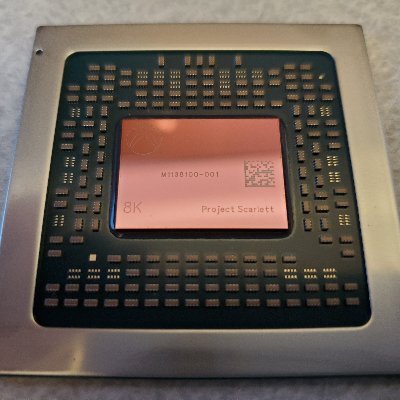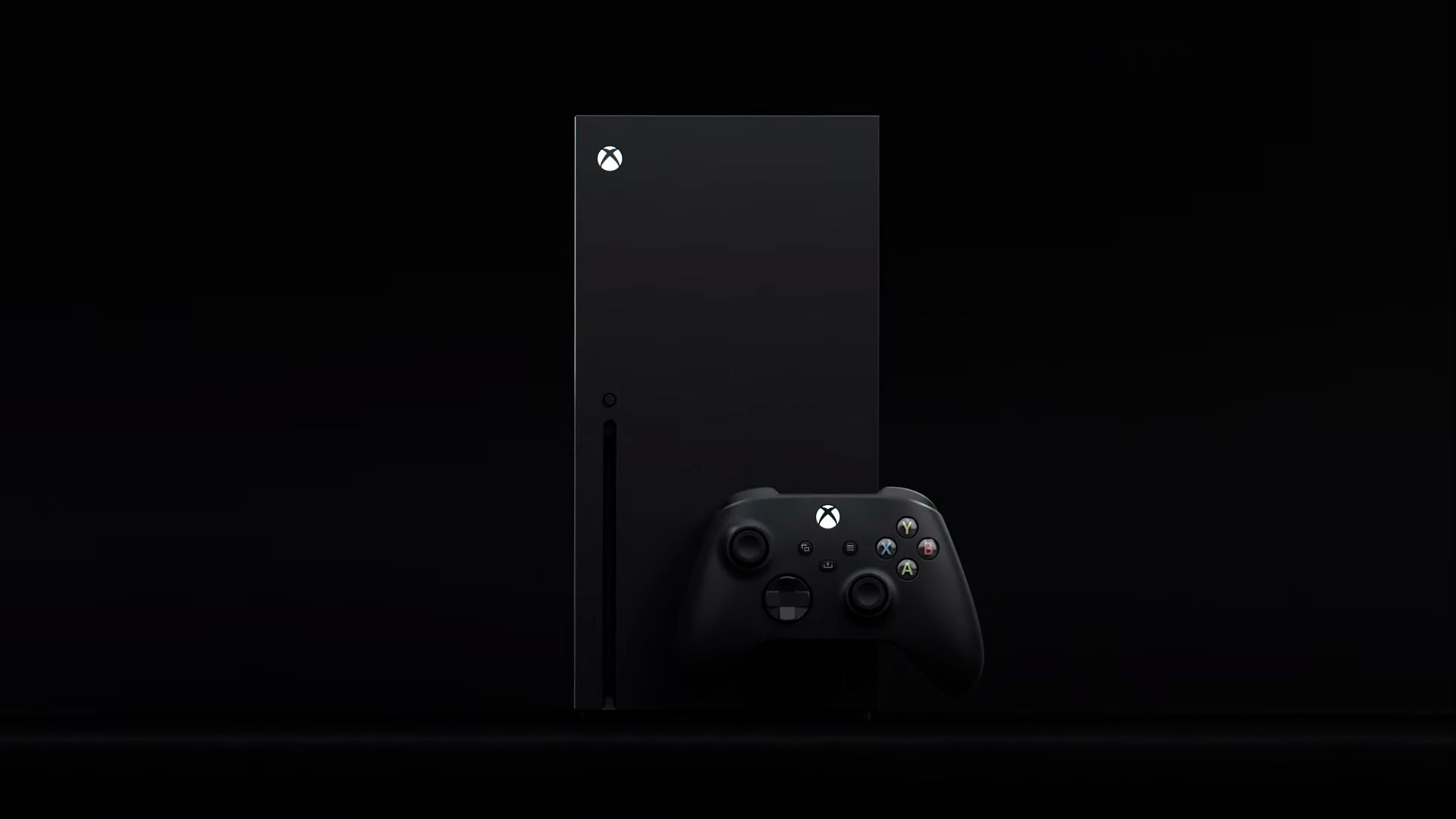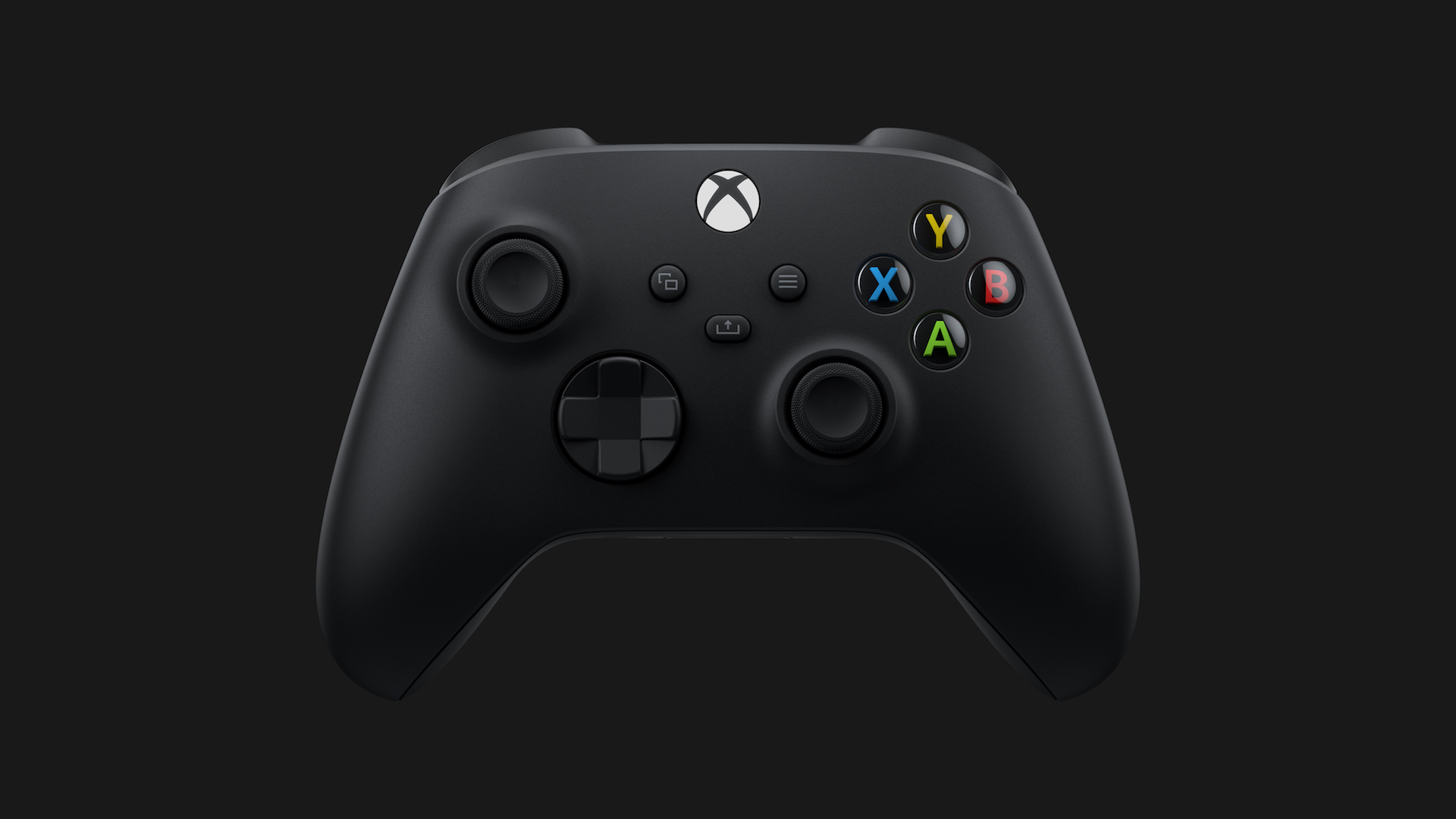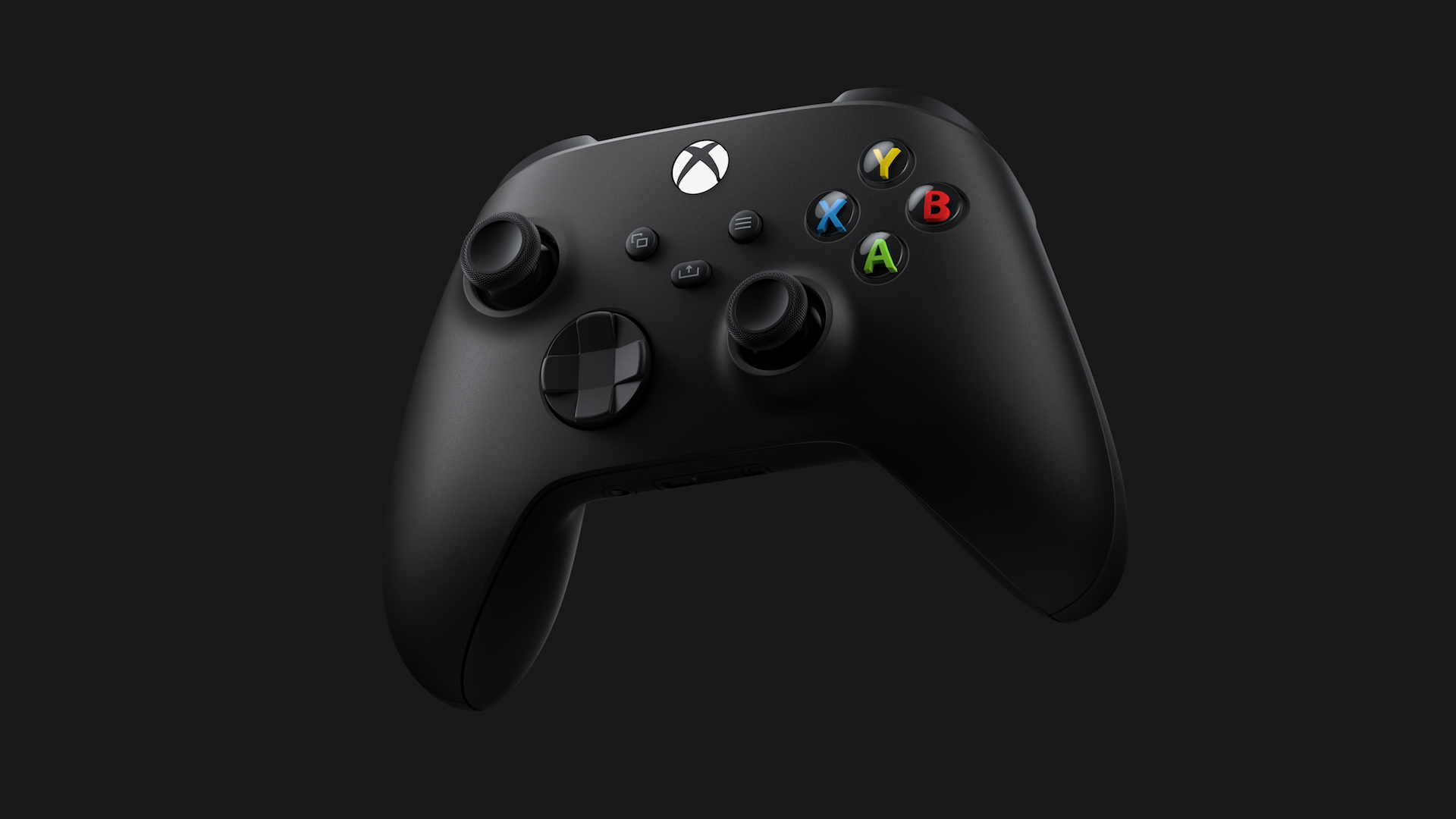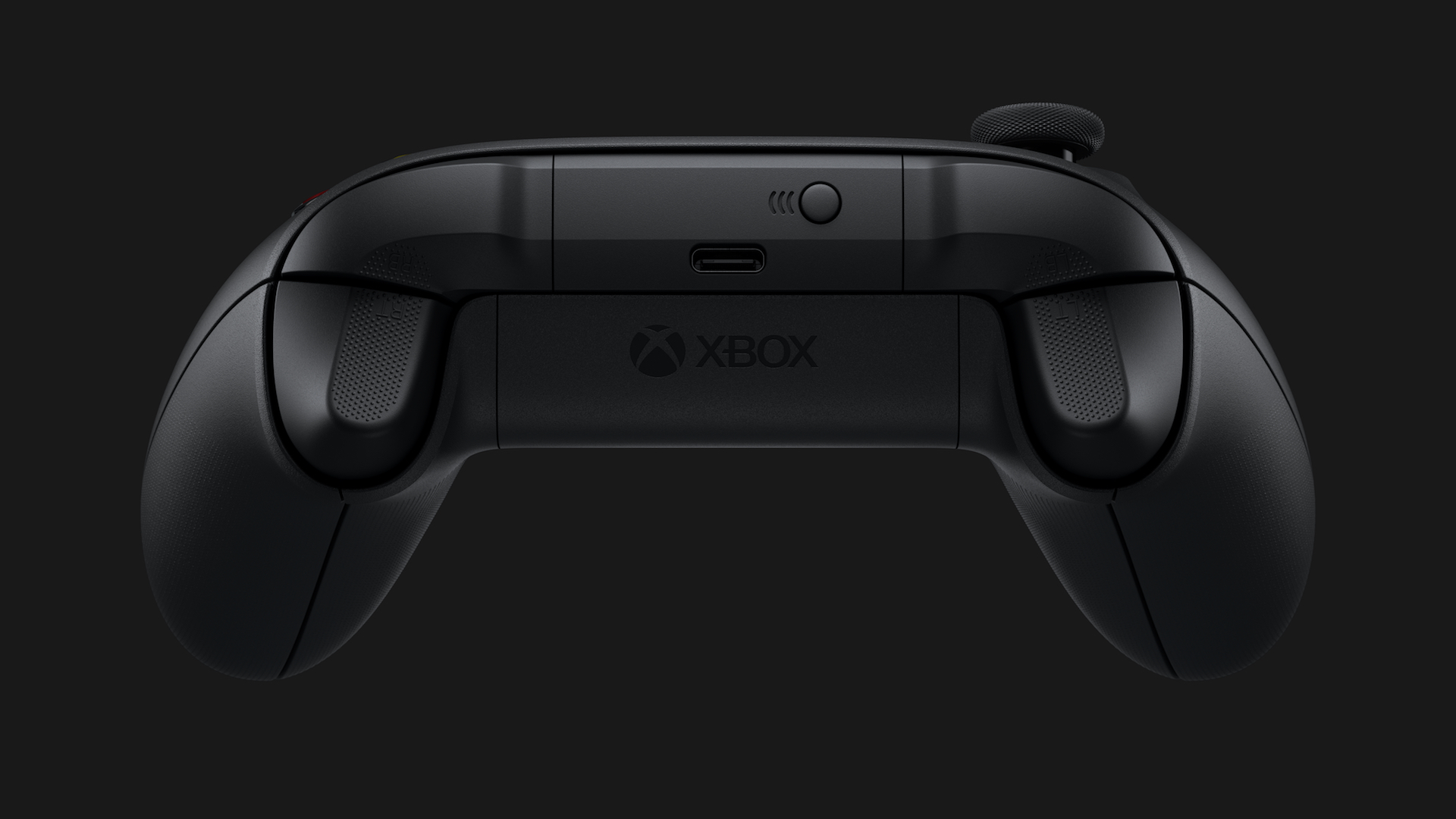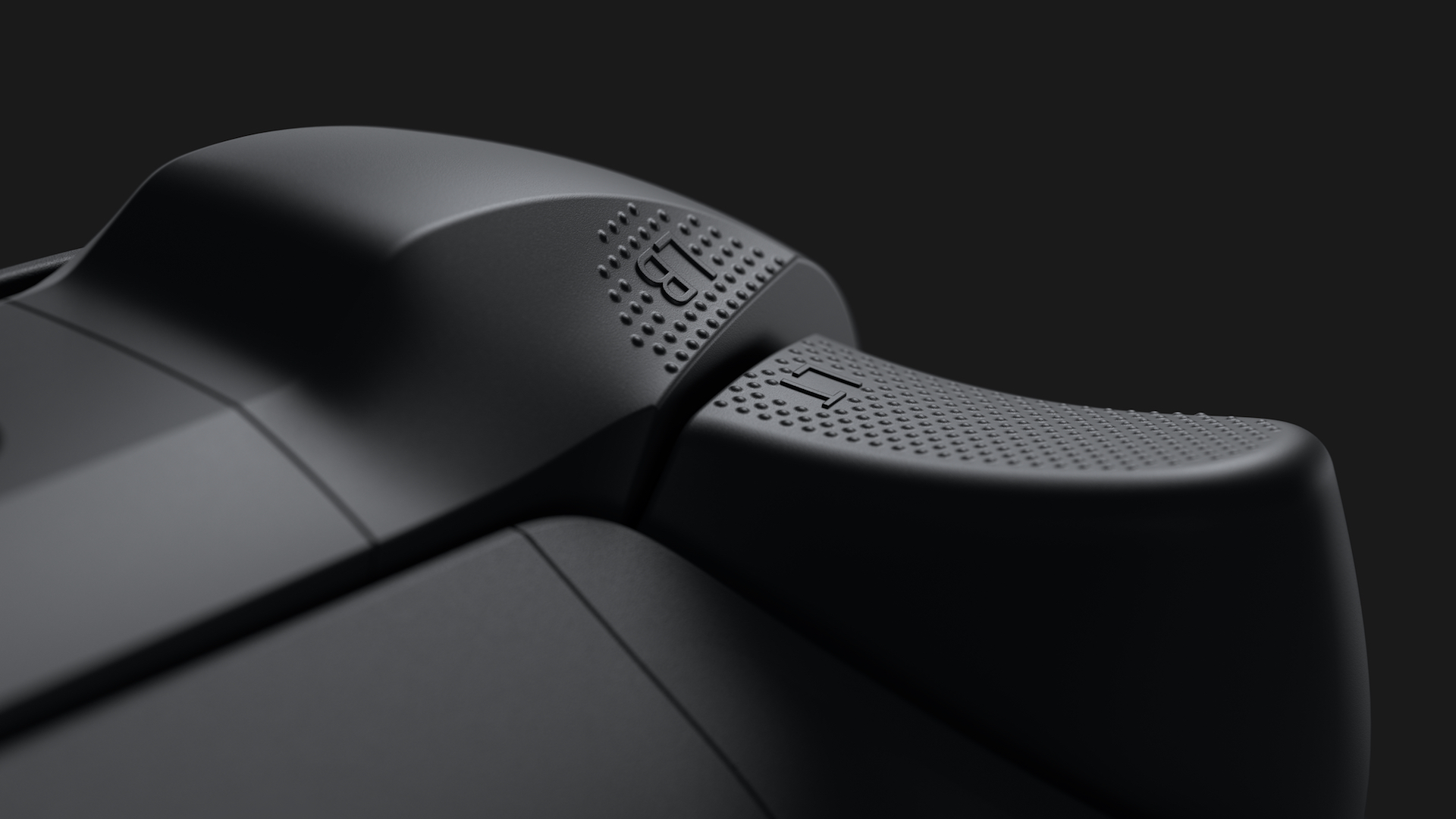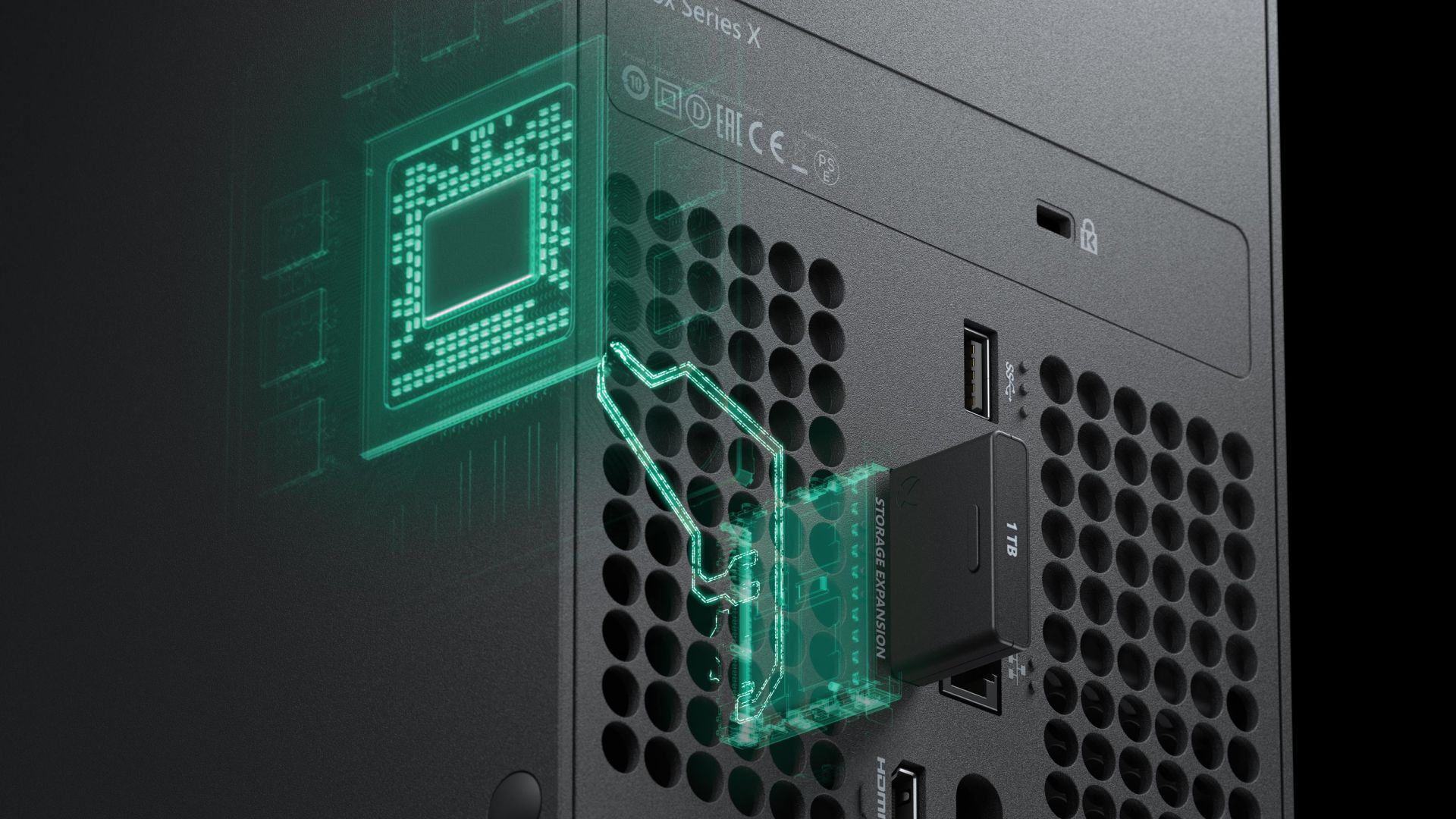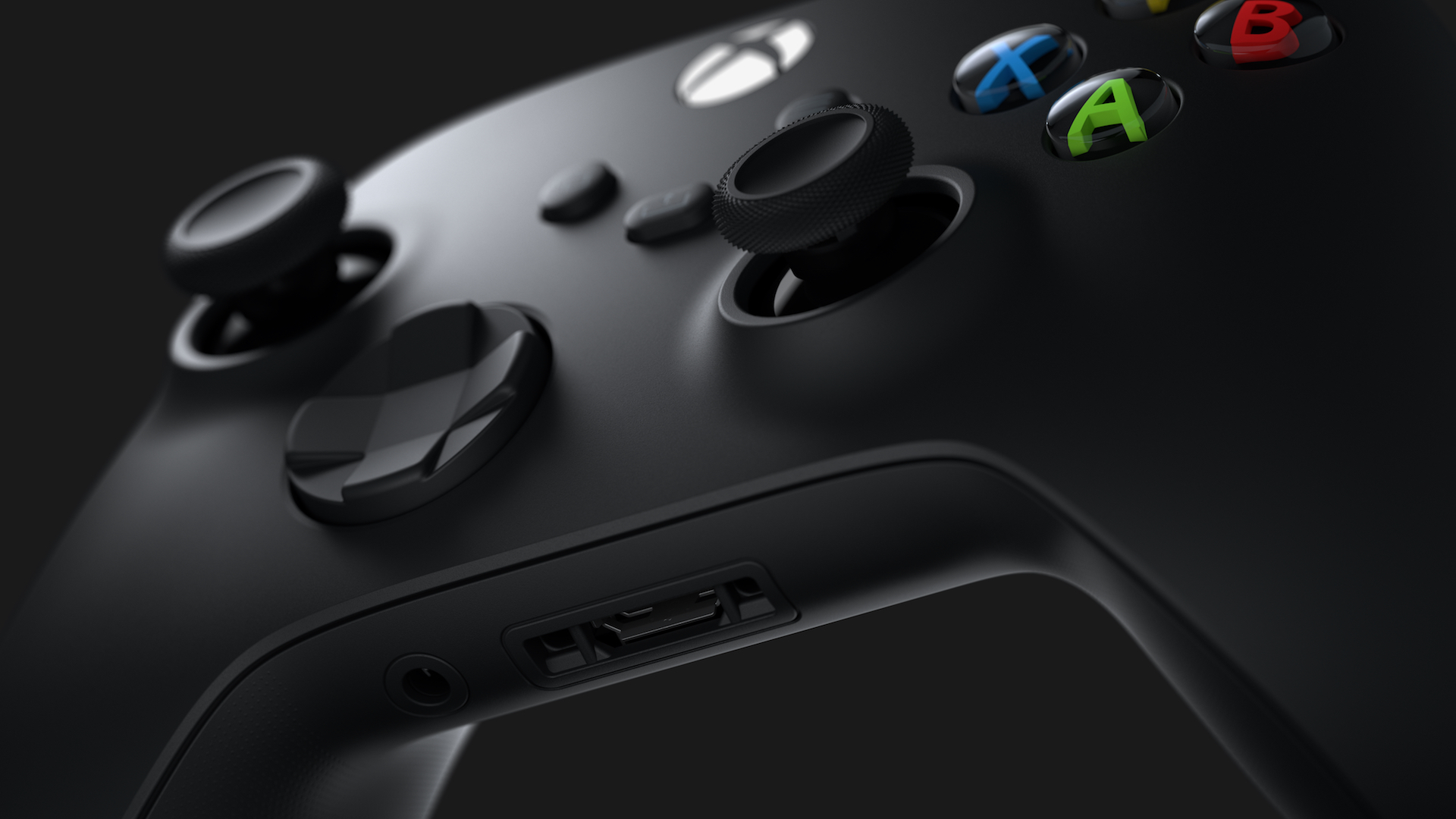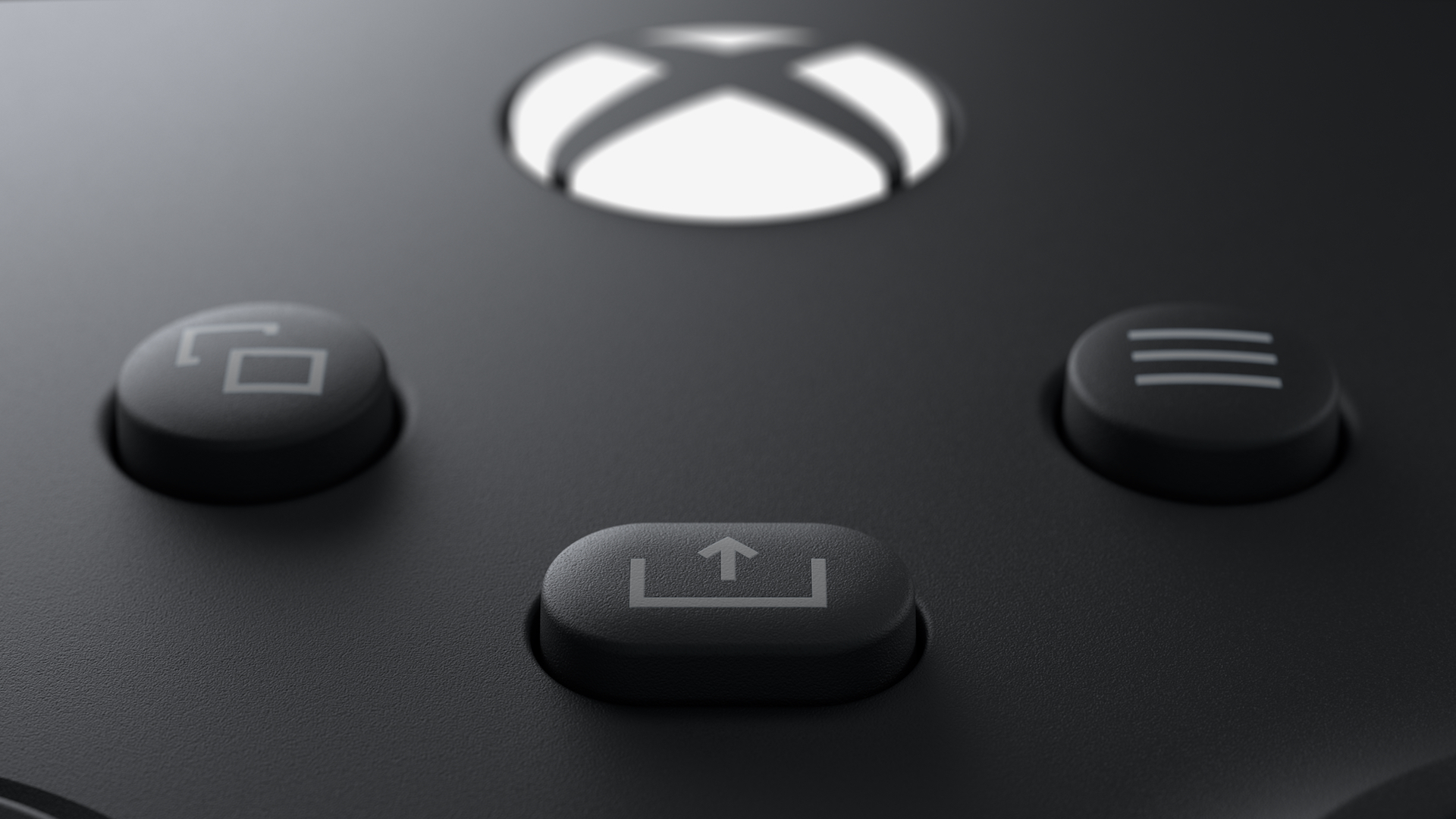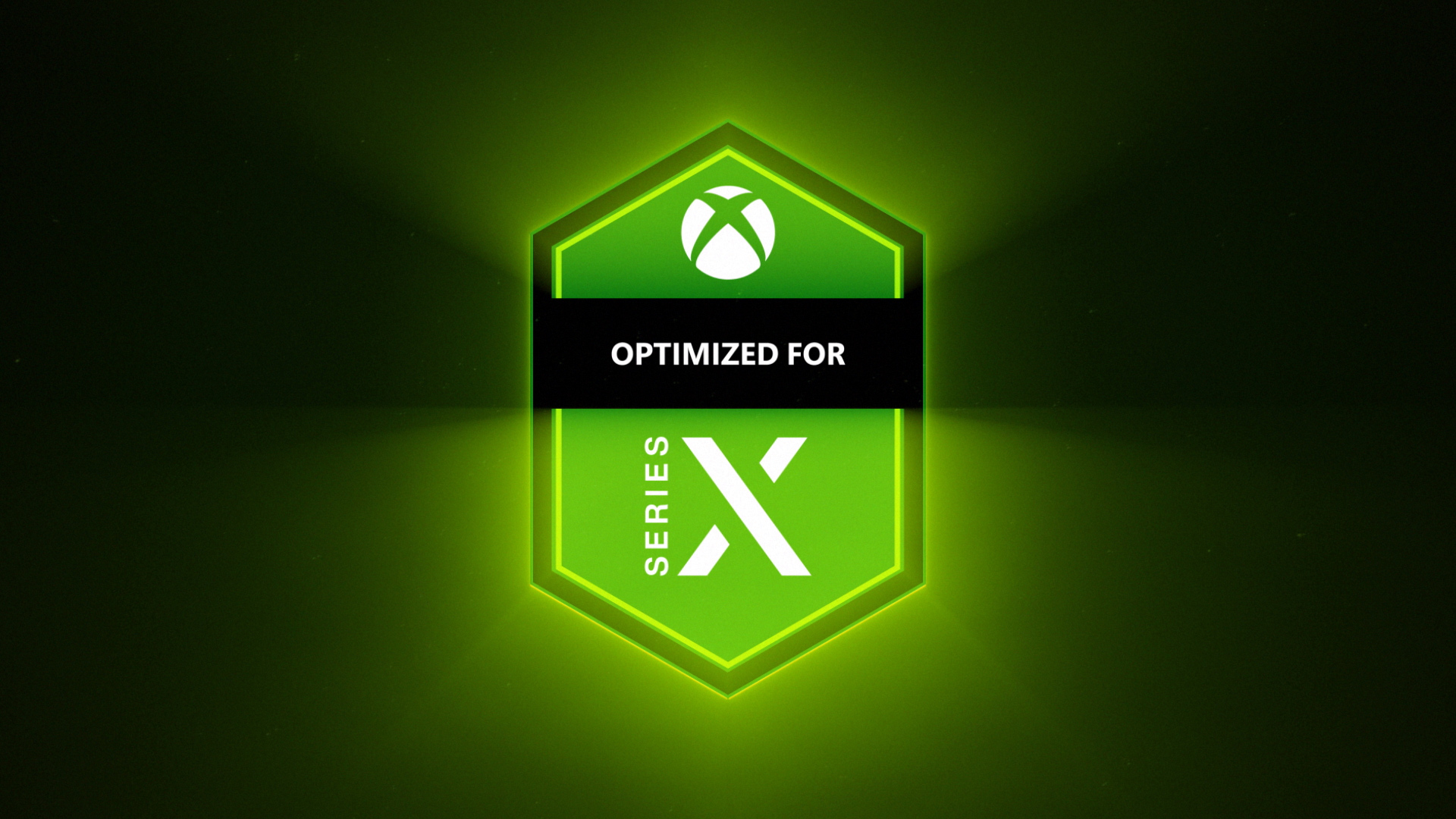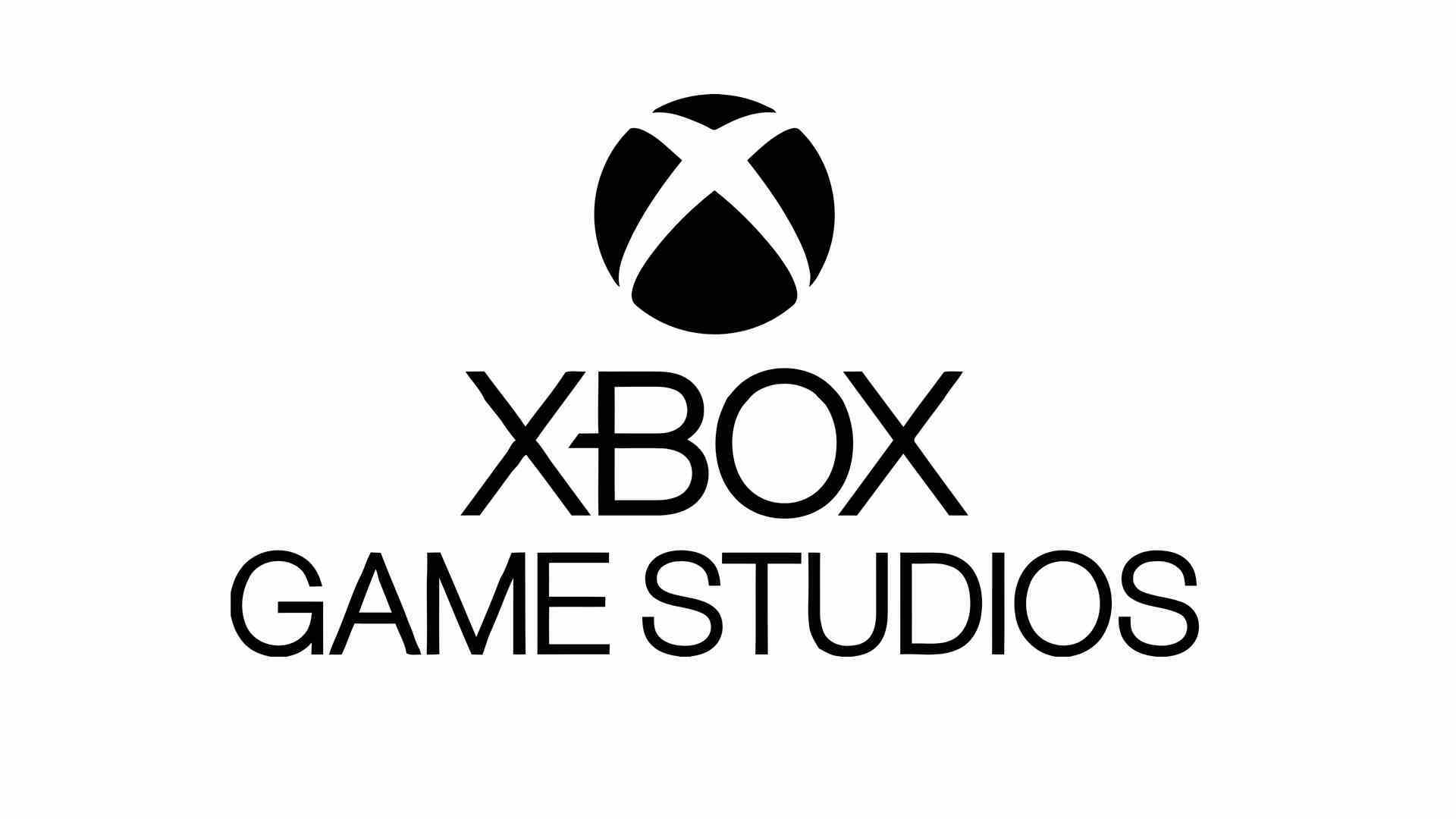
Microsoft’s approach to next-gen is very interesting, as they look to build a platform-agnostic ecosystem centered around subscription services like Game Pass and xCloud instead of going all-in on a single piece of hardware. Inherently, that’s bringing about changes as well, as is the plain and simple fact that newer hardware is going to be much more powerful, while Microsoft’s renewed focus on first party efforts is also unprecedented for them as a company. In this feature, we’re going to talk about fifteen of those biggest changes.
SHEER RAW POWER
The Xbox One was at a distinct disadvantage in terms of raw numbers and power when compared to the PS4, but with the Xbox One X, Microsoft turned things around. Currently, the Xbox One X is the most powerful console on the market, and with the Xbox Series X, Microsoft are keeping that going. Both the PS5 and Xbox Series X have their own unique benefits over one another, of course, but in terms of raw power, the next Xbox is still going to be the most powerful console on the market. Now, let’s talk about some of the console’s specs.
CPU
Like the PS4, the Xbox One’s CPU wasn’t exactly the most impressive when the console launched in 2013, running on an 8 core 1.75 GHz Jaguar CPU. The Xbox One X was a step up over that, with an 8 core 2.3 GHz CPU. With the Xbox Series X, the CPU sees a much bigger jump, with a 3.8 GHz (or 3.6 without SMT) 8-core Zen 2 CPU.
GPU
With the GPU, the Xbox Series X represents an even more significant jump than with the CPU. The Xbox One launched with 1.23 TFLOPs GPU with 12 CUs, and the Xbox One X was a major step-up with a 6 TFLOPs GPU of 40 CUs. Then there’s the Xbox Series X, with a massive 12.16 TFLOPs GPU with 52 compute units, each running at 1.82 GHz.
RAM
The Xbox Series X also boasts a significantly improved RAM over the Xbox One X and especially the base Xbox One. In 2013, the console launched with an 8 GB DDR3 RAM, while the Xbox One X entered the market with a 12 GB GDDR5 RAM. The Xbox Series X, meanwhile, boasts of a 16 GB GDDR6 RAM, divided into two separate pools. There’s a 10 GB pool with bandwidth of 560 GB/s, while the remaining 6 GB has a bandwidth of 336 GB/s.
NO MORE ESRAM
With the Xbox One, Microsoft decided to go with a DDR3 RAM, which has slow enough data transfer rates that it can be a bottleneck for many kinds of modern games. To compensate for that, Microsoft threw in embedded static RAM, or eSRAM – because eSRAM can provide far faster transfer rates than regular DDR3 RAM. But with the Xbox One X having moved to GDDR5 for its RAM, which has faster transfer rates by itself, there’s no longer any need to have the complications that come with having eSRAM on top of your dynamic RAM. So, Series X doesn’t have it, while the original Xbox One did – and that’s down to Microsoft’s commitment to use the best possible hardware for their console this time around.
SSD
The SSD is one of the biggest advancements the next generation of consoles is bringing with it. And while the Xbox Series X doesn’t have an SSD as impressive as the one found in the PS5, it’s no slouch either. Its 1 TB NVMe SSD has a raw bandwidth of 2.4 GB/s and a compressed bandwidth of 5.5 GB/s, which should allow developers to do some exciting things with next-gen games.
VELOCITY ARCHITECTURE
The Velocity Architecture is something that Microsoft are banking on hard with the Xbox Series X. But what is it exactly? Essentially a blanket term for multiple different techniques, the Velocity Architecture collectively should prove to be a huge boon not only for data streaming in terms of speed and efficiency, but also have positive effects on the CPU and the SSD.
RAY TRACING
Given how ray tracing has become more and more common in PC games these last few years, it was sort of a given that next-gen consoles would also want a piece of that pie- which they do indeed. Just like the PS5, the Xbox Series X is capable of hardware-accelerated ray tracing, and we’re quite excited to see what that does for visuals and lighting in next-gen games.
QUICK RESUME
This might not be something that has a tangible impact on game design the way the Xbox Series X’s impressive spec list does, but it’s a feature that should still introduce more ease of use than anything we’ve seen in consoles up until now. Suspending multiple games and softwares and then being able to resume them immediately might not sound like a big thing, but it’s a neat feature that we’re glad to see in the Xbox Series X.
CONTROLLER
As far as the controller is concerned, Microsoft aren’t making a great many changes with the Xbox Series X – certainly not as many as the DualSense is – but it’s still introducing some iterative tweaks and improvements. The d-pad now bears a cross design on top of a plate of sorts, latency is supposedly being cut down thanks to something Microsoft are calling Dynamic Latency Input, while the controller will also feature a tactile dot pattern on the triggers and bumpers.
SHARE BUTTON
The biggest new feature in the Xbox Series X’s new controller is the share button- finally, right? The Xbox One was clearly lacking in this one area, an omission that was made that much more glaring thanks to the DualShock 4’s share button, but the Xbox Series X is finally catching up. Having a share button is not a revolutionary new addition by any means, but it’s a good feature to have nonetheless.
SMART DELIVERY
Microsoft already made significant strides with cross-buying with their Play Anywhere program, and they’re doing something similar with the Xbox Series X’s Smart Delivery, which will essentially allow you to upgrade to next-gen versions of cross-gen games without having to buy those versions individually. Microsoft seem committed to it with their first party efforts, as do many third party publishers. Of course, if standard prices of games do end up increasing with next-gen, it’ll be interesting to see what impact that will have on Smart Delivery.
POWER CONSUMPTION
All that impressive tech and hardware in the Xbox Series X is going to have some unavoidable side-effects- such as the console having much greater power consumption than the Xbox One or Xbox One X. This isn’t something that Microsoft have officially said much about yet, but reports peg the Xbox Series X’s power consumption at up to 300 watts, which is a big jump over the Xbox One X’s 170 watts. Presumably, the Xbox Series X’s monolithic tower design will help with heat management a great deal.
LAUNCHING WITH HALO
This is probably the biggest notch in the Xbox Series X’s favour. Microsoft and Xbox both entered the market with Halo: Combat Evolved, a game that immediately shot their popularity through the roof, and though Halo doesn’t have the sort cache it did back then, the fact that the Xbox Series X is launching with a new Halo game is still a big deal. Unlike the Xbox One, the Series X has a massive game in its launch lineup that should presumably prove to be a big boost for the console- though some of that might be offset by the fact that the game will also be available on Xbox One and PC.
FIRST PARTY SUPPORT
First party support is an area where Xbox has been lacking for a long, long time, but with the Xbox Series X, the future is looking much brighter. Over the last couple of years, Microsoft have gone on a spending spree, and their portfolio of first party studios is now seriously impressive, with a potential to deliver excellent games across so many genres. They’ve already started revealing many of those, and while it remains to be seen whether they will live up to the hype, for the first time in many years, things are looking up for first party support on Xbox.








